In this blog, we shall be discussing the pressures that weigh on the shoulders of business owners and senior managers with regards to the management of their respective business organisations. We will go over how this weight is impacting their overall mental health.
As time moves forward, we are putting a lot of emphasis on the importance of mental health. That’s great! But, in reality, are we really taking the necessary action to safeguard mental health?
Mental Health in the Workplace
As an ISO management systems specialist, I meet plenty of people who occupy high job roles within their company and more recently, I have been noticing that more and more people are feeling stressed when at work. This is leading to poor mental health which is leaving its mark on individuals and the company they work at. But is this because people have poor work-life balance? I highly doubt so.
Today’s world is moving at such a fast pace that people are being overwhelmed. Sadly, this is becoming normalised and it really should NOT be! If you are a business owner or a senior manager and have been feeling stressed with the workload, then let me assure you, you are not alone! Thankfully, there are solutions to your problems. These solutions will help you keep your business under control while effectively reducing work related stress while safeguarding your mental well-being.
Tackling Mental Well-Being with ISO Standards
You need to start tackling this problem form somewhere, no? One of the first things you need to do as a business owner or senior manager is to surround your workplace with skillful employees who are great at what they do. You need to evaluate you business size, identify all required key personnel and their roles, start assessing the characteristic traits, the experience required for the respective roles and see what qualifications are required to perform the duties well. Basically, you need to build a profile that employees should fit in for that particular role. If they meet your expectations, then they are considered to be a good fit, if not, then they cannot be considered for the job.
When you find and employ the right people, you need to build a relationship with them based on three things: trust, respect and accountability. These three traits are important for a workplace relationship to thrive and ultimately have employees who are willing to give it their all for the company. One another factual thing that is really important to note is that you need to surround your company with people who enjoy what they do. Ultimately, passion drives more than qualifications. Remember this! A highly qualified technician might not be as good as that technician who has a passion for what he does.
As a business owner or a senior manager, you should also remember that quality is better than quantity. If you have 2 outstanding employees, who produce great work efficiently and effectively, it is better than having 5 employees who give average output. Imagine, you’re working between 12 to 14 hours a day, only to find that half your employees are giving a fraction of what you are doing. You are obviously going to be frustrated and feel stressed as a result of this. Although you may be giving them a cheaper salary, having high quantities of employees who produce average work will fail the company over time.
If you have expectations in the work that needs to be done by your employees, you need to ensure that your expectations are met. At the same time, you cannot change a person. So if that person does not fit your expectations, then they are not fit for purpose.
Moreover, you must also seek to create a harmony in the workplace. A harmonised group of employees who work well together will produce superb work. This will improve overall business morale, makes the work environment less stressful, makes people feel more at home and most importantly, they work heartily and produce better work.
The systems and processes we use in the organisation also play a pivotal part. When you have a group of people, a team of employees, all workers must pull the same rope in the same direction. Like this, you can work together to meet a set of organisational goals and objectives.
This concept has been used since the beginning of time. Take for instance wars. In the past, when wars were a lot more common, the army did not attack a country all at once, they proceeded city by city. Else, resources would have been spread too thin. The same concept can be applied. We need to have systems in place that work together and allow resources to not be spread too thin.








